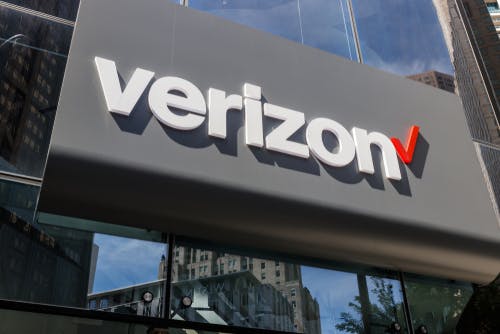As OTT options proliferate, driven by consumer demand for low-cost, flexible and customized content offerings, cable companies are experiencing painful losses.
Just how painful? By some estimates, cordcutting is collectively costing cable companies more than 10,000 subscribers a day and there’s no end in sight to the trend.
So American telecom giant Verizon is doing what some observers have long speculated cable providers would eventually have to do: break the bundle.
Instead of forcing customers to purchase internet and cable service together and sign long-term contracts that almost always contain hidden fees to get the lowest rates, Verizon is giving them the ability to “Mix & Match” internet packages that start at $39.99/month and video packages that start at $49.99/month. These can be purchased together or separately and canceled anytime without penalty. Phone service is also available for $20/month.
“Customers have been loud and clear about their frustrations with cable, and we’ve listened,” Frank Boulben, Verizon’s SVP of consumer marketing and products, stated. “As a result, we’re transforming our approach to Internet and TV offers by giving customers more choices and more transparency. Customers are tired of having to buy a bundle with services they don’t want to get the best rates, and then discover that those rates didn’t include extra fees and surcharges. We’re putting an end to the traditional bundle contract and putting customers in control.”
Lipstick on a pig?
Verizon’s options for TV consist of four homegrown packages. One gives customers access to over 425 channels for $50/month for two months, after which time Verizon will recommend a package based on customers’ usage patterns. Another $50/month package allows customers to choose five of their favorite channels for inclusion.
These offerings are clearly designed to address one of the chief complaints driving cord-cutting: consumers don’t want to pay for channels they don’t watch.
But is Verizon really addressing this?
According to the Parents Television Council (PTC), Verizon’s new Mix & Match offering is a “distinction without a difference.” PTC president Tim Winter explained:
“While the company may be offering smaller bundles of network programming, Verizon is just the latest distributor to be fooling itself about what consumer choice really means. Unless and until consumers get to pick and choose – and pay for – the television networks they want to bring into their homes, what they’re proposing is only a distinction without a difference.”
In other words, until customers can select the specific channels they want, they don’t truly have choice.
Of course, the vast majority of OTT services don’t offer the ability to select specific channels and with few exceptions, the economics of offering OTT services for specific channels are not viable. But the success of OTT is not based on ultra-customizability; it’s arguably due to the straightforward way OTT services are typically sold — for a flat monthly fee with the ability to cancel anytime.
Now that Verizon is offering customers the ability to purchase cable packages on this basis, will it be able to convince current cable subscribers to stay, and will any of the customers who have already cut the cord come back?
Time will tell but the company seems to be hedging its bets. Thanks to a partnership inked with Google last April, Verizon’s Mix & Match also offers customers the ability to subscribe to YouTube’s OTT offering, YouTube TV. It is also promoting Disney+ and Verizon’s Boulben told Broadcasting+Cable, “stay tuned on what we are doing on the OTT front because it is a space that is moving rapidly.”
From this perspective, Verizon’s “Mix & Match” move is less disruptive than it appears at first glance. It and moves like it might help cable companies at the fringes, but it clearly won’t stunt the growth of OTT, a trend that they are being forced to get behind.







